1. Flint, Michigan

Flint’s water crisis is one of the most infamous in American history. In 2014, city officials switched the water supply to the Flint River without properly treating it, causing lead from old pipes to leach into the drinking water. Residents noticed the change immediately—discolored water, a foul smell, and skin irritation after bathing. But the worst part? Government officials initially dismissed their concerns, even as tests confirmed dangerously high lead levels. The crisis led to widespread illness, developmental issues in children, and a national conversation about water safety.
Although major efforts have been made to replace lead pipes and improve the system, trust remains broken. Many Flint residents still rely on bottled water or filters, fearful of the long-term effects of lead poisoning. The city’s name has become synonymous with government neglect, and while progress has been made, scars from the crisis remain. Flint serves as a painful lesson about what happens when cost-cutting takes priority over public health.
2. Jackson, Mississippi
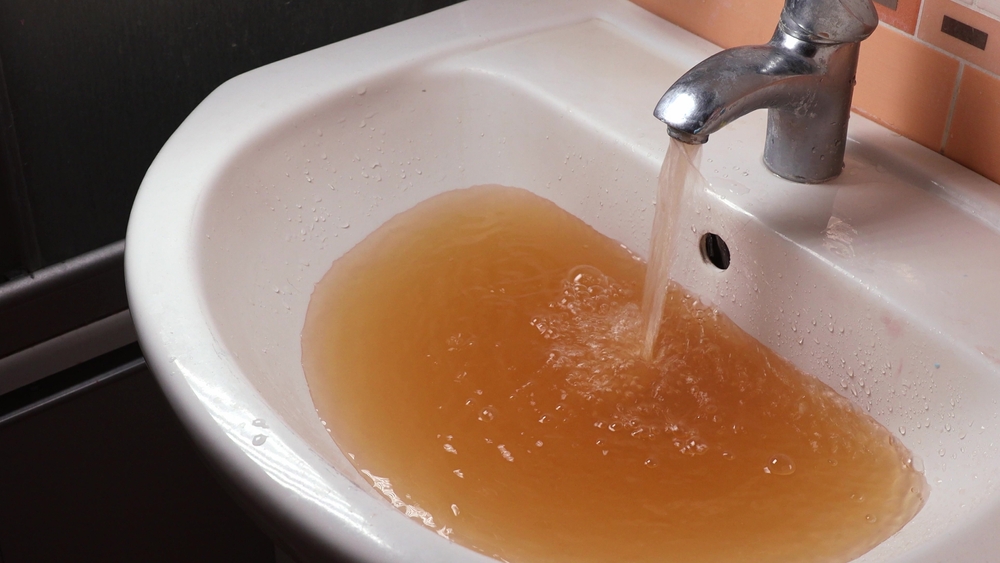
Imagine waking up one morning, turning on the tap, and… nothing. That’s what happened in Jackson, Mississippi, where decades of neglect led to a full-blown water system collapse in 2022. Residents spent weeks without clean water, relying on emergency distributions just to cook and bathe. The problem? Crumbling infrastructure, underfunding, and extreme weather that pushed an already weak system over the edge. Many homes received brown, contaminated water—if they had water at all.
Even when water does flow, it often comes with boil advisories due to bacterial contamination. Many Jackson residents have simply stopped trusting what comes out of their faucets. Local and federal efforts are underway to repair the system, but the damage—both physical and emotional—has already been done. For many, Jackson’s water crisis isn’t just about a failing system; it’s about a government that failed its people.
3. Las Vegas, Nevada
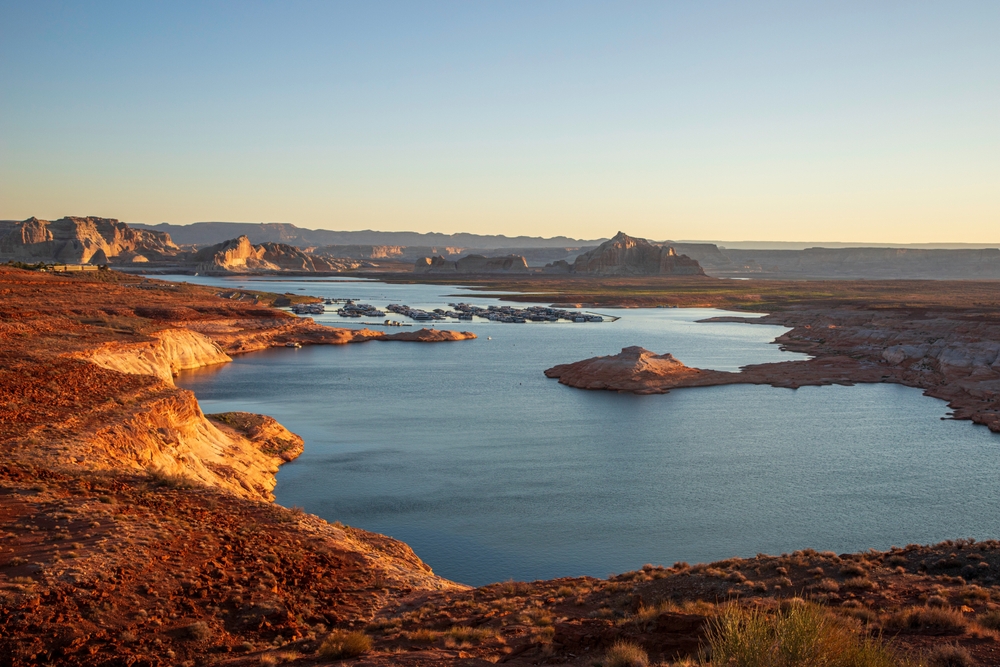
Las Vegas is famous for its bright lights and nonstop entertainment, but its water quality? Not something to brag about. The city relies heavily on the Colorado River, which is rapidly drying up due to climate change and overuse. As water levels drop, pollutants become more concentrated, leading to concerns about everything from heavy metals to bacteria. High chlorine levels are needed to make the water safe, but that often leaves it tasting and smelling terrible.
Adding to the problem, Vegas has some of the hardest water in the country. Hard water isn’t necessarily unsafe, but it can wreak havoc on plumbing, appliances, and even your skin and hair. Residents often complain about dry, itchy skin and mineral buildup in their showers. With water shortages worsening, the city faces an uncertain future. Unless drastic conservation efforts are successful, Las Vegas could be heading toward a water crisis unlike any other.
4. Houston, Texas
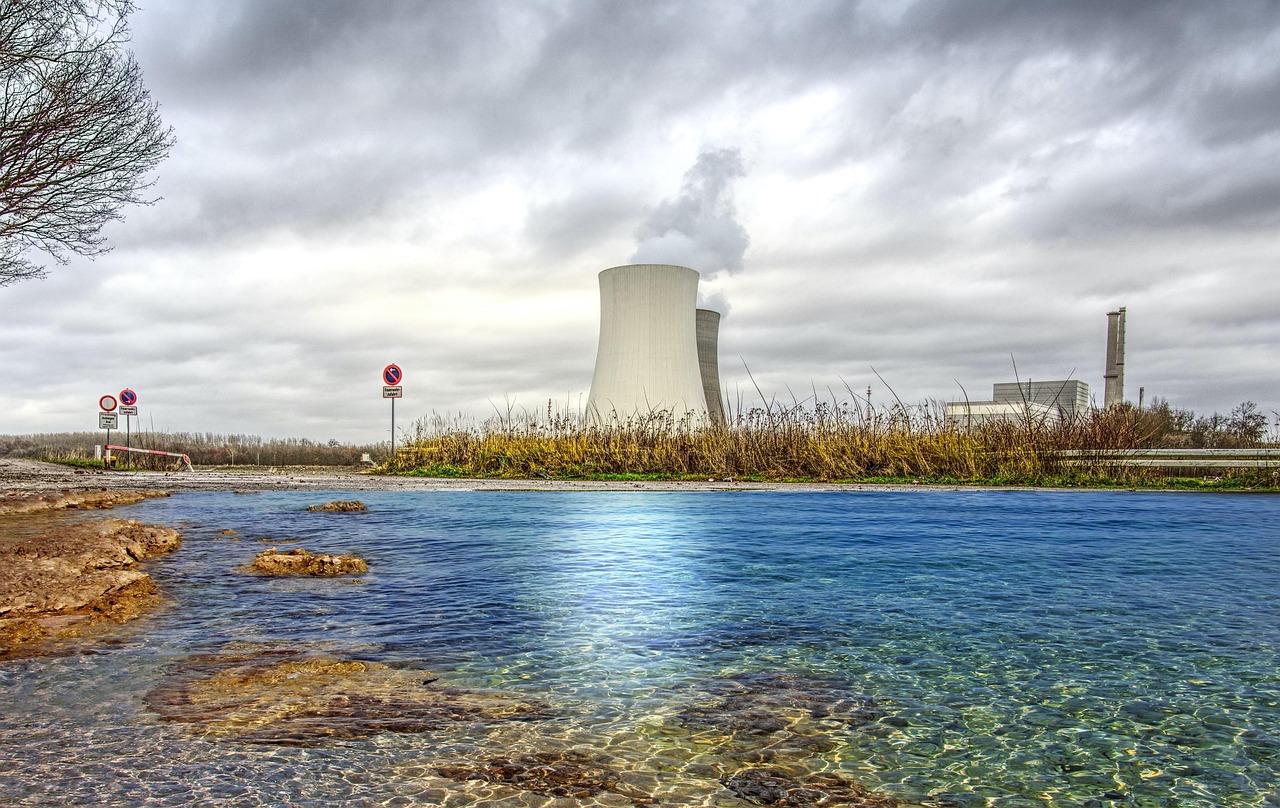
Houston might be booming with business and culture, but its tap water tells a different story. The city’s water supply has been repeatedly flagged for contamination, with everything from arsenic to radioactive elements detected in recent years. Industrial pollution is a major issue, as Houston is home to one of the largest concentrations of chemical plants in the country. After heavy rains or flooding, pollutants from these plants can find their way into the water supply.
Residents often report water that smells like chlorine or even rotten eggs. Boil advisories aren’t uncommon, and many locals don’t trust what’s coming out of their taps. The city has made efforts to improve filtration and monitoring, but challenges remain. With Houston’s rapid growth and frequent storms, keeping the water safe is an uphill battle.
5. Newark, New Jersey
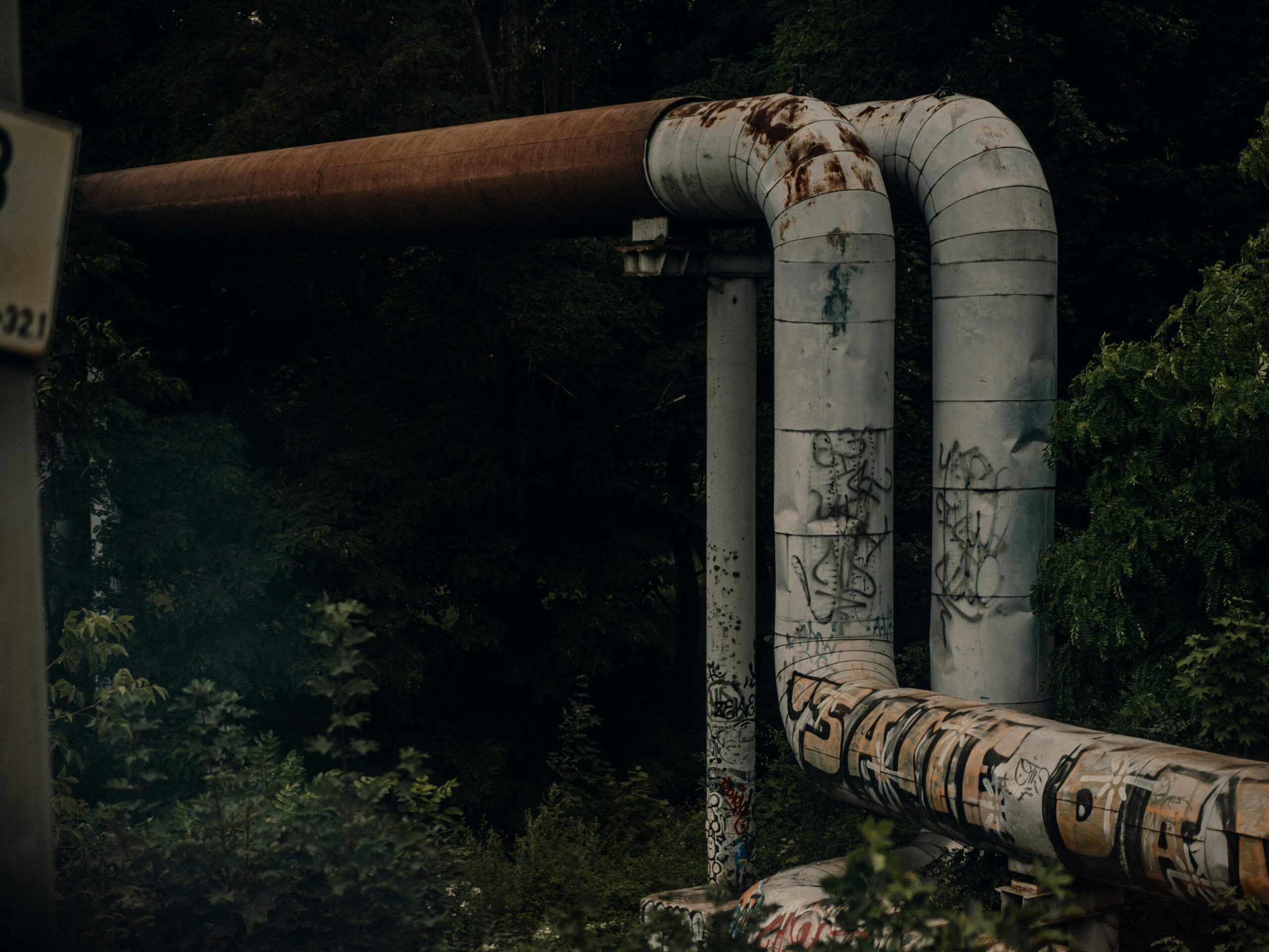
Newark has been battling a lead crisis eerily similar to Flint’s. In 2019, thousands of residents were warned not to drink their tap water after tests revealed alarmingly high lead levels. The issue stemmed from aging lead pipes, which allowed the toxic metal to seep into drinking water. City officials initially downplayed the problem, but public pressure forced them to take action.
While Newark has since replaced thousands of lead pipes, concerns remain. Many families were exposed to lead for years before the crisis was fully addressed, raising fears about long-term health effects. Even now, some residents opt for bottled water, wary of trusting the system again. Newark’s struggle shows just how difficult it is to fix decades of neglect in a city’s water infrastructure.
That covers the first five worst cities. Let me know if you’re ready for the next batch, which will include five more worst cities and the five best cities with the cleanest water!
6. San Diego, California
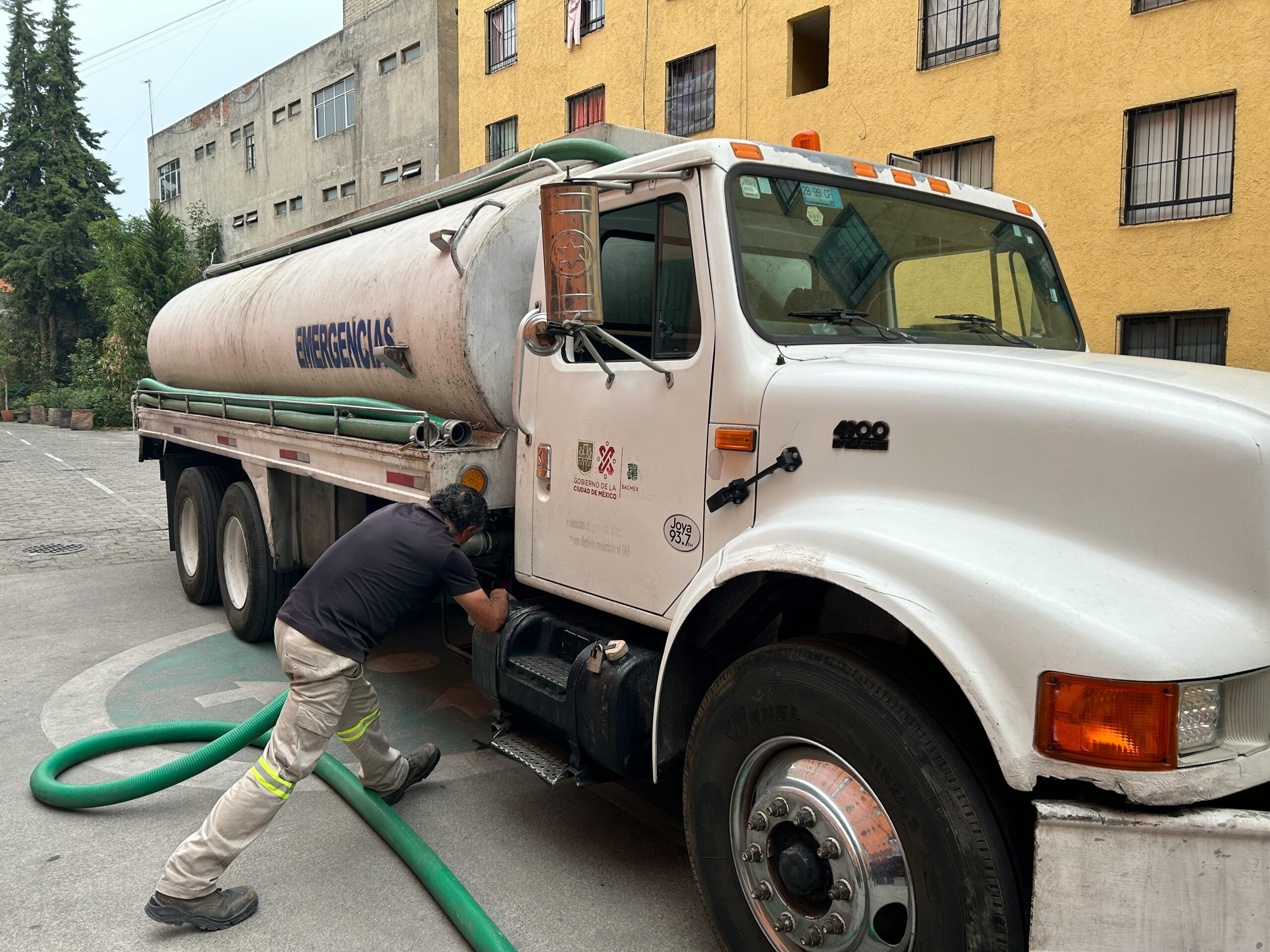
San Diego is a beautiful coastal city, but its water quality is far from pristine. The region relies on imported water from the Colorado River and Northern California, which picks up contaminants along the way. The high levels of minerals in the water give it a chalky taste and can cause buildup in plumbing and appliances. More concerning are the traces of chemicals like hexavalent chromium (yes, the same one from Erin Brockovich) and agricultural runoff.
Despite strict regulations, occasional testing shows contaminants lingering just below legal limits. Some residents complain of stomach issues after drinking tap water, while others invest in expensive filtration systems just to feel safe. The city has ambitious plans to expand water recycling, but until then, residents remain skeptical. For a place known for its outdoor lifestyle and health-conscious community, San Diego’s water leaves much to be desired.
7. Pittsburgh, Pennsylvania
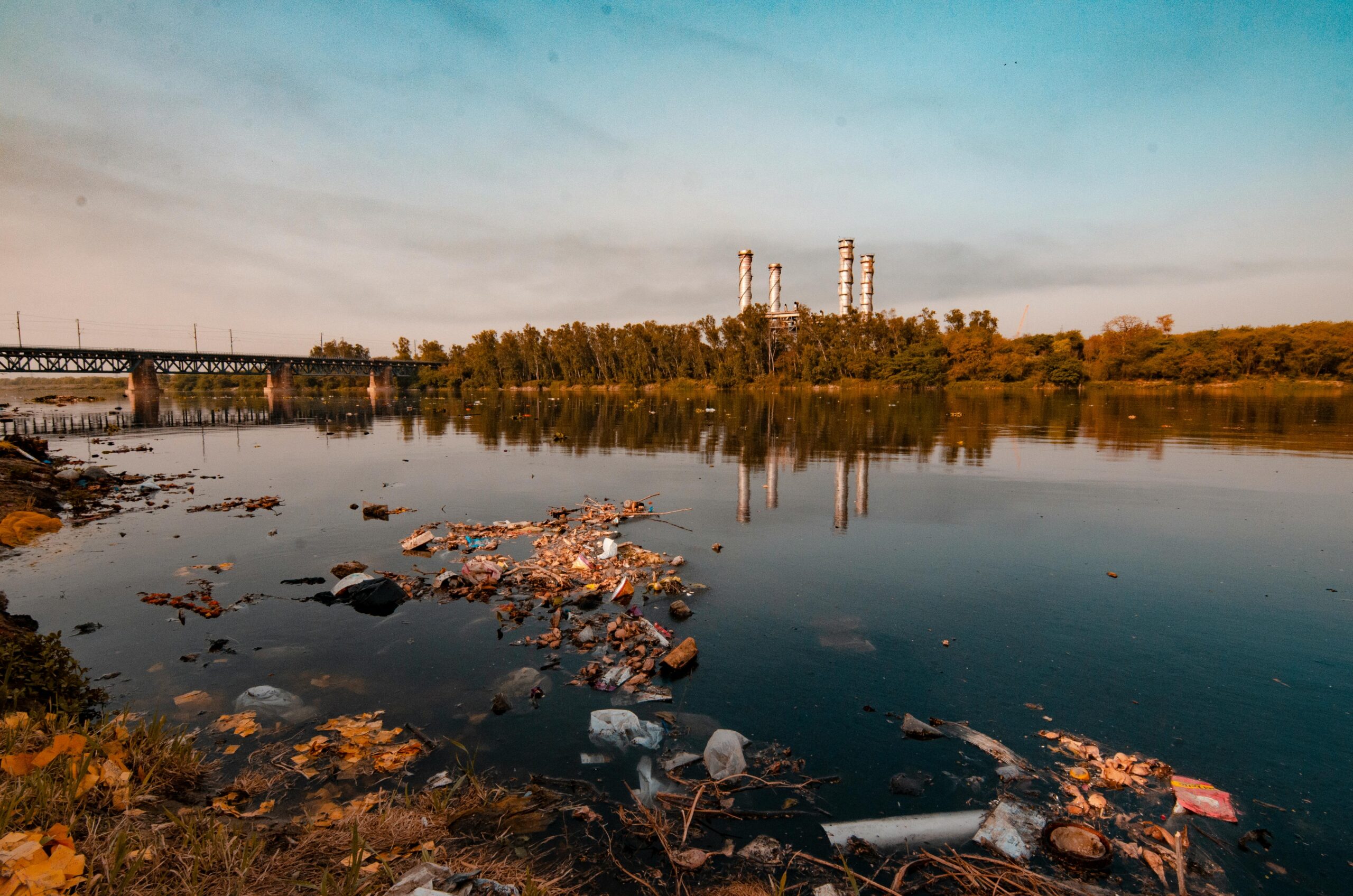
Pittsburgh’s rich industrial history is part of its charm, but it comes with a hidden cost—aging infrastructure and lingering pollution. Lead contamination has been a major concern, with old pipes continuing to pose a risk to residents. In 2016, tests revealed lead levels higher than Flint’s at the peak of its crisis. The city quickly distributed water filters and began replacing lead pipes, but many homes are still affected.
Another issue? Industrial runoff from steel mills and other factories that once dominated the area. While Pittsburgh’s water authority has made improvements, the damage from decades of pollution lingers. Residents remain wary, and many choose bottled water over tap. The city’s struggles highlight how America’s aging water systems can turn into major public health crises if not properly managed.
8. Baltimore, Maryland
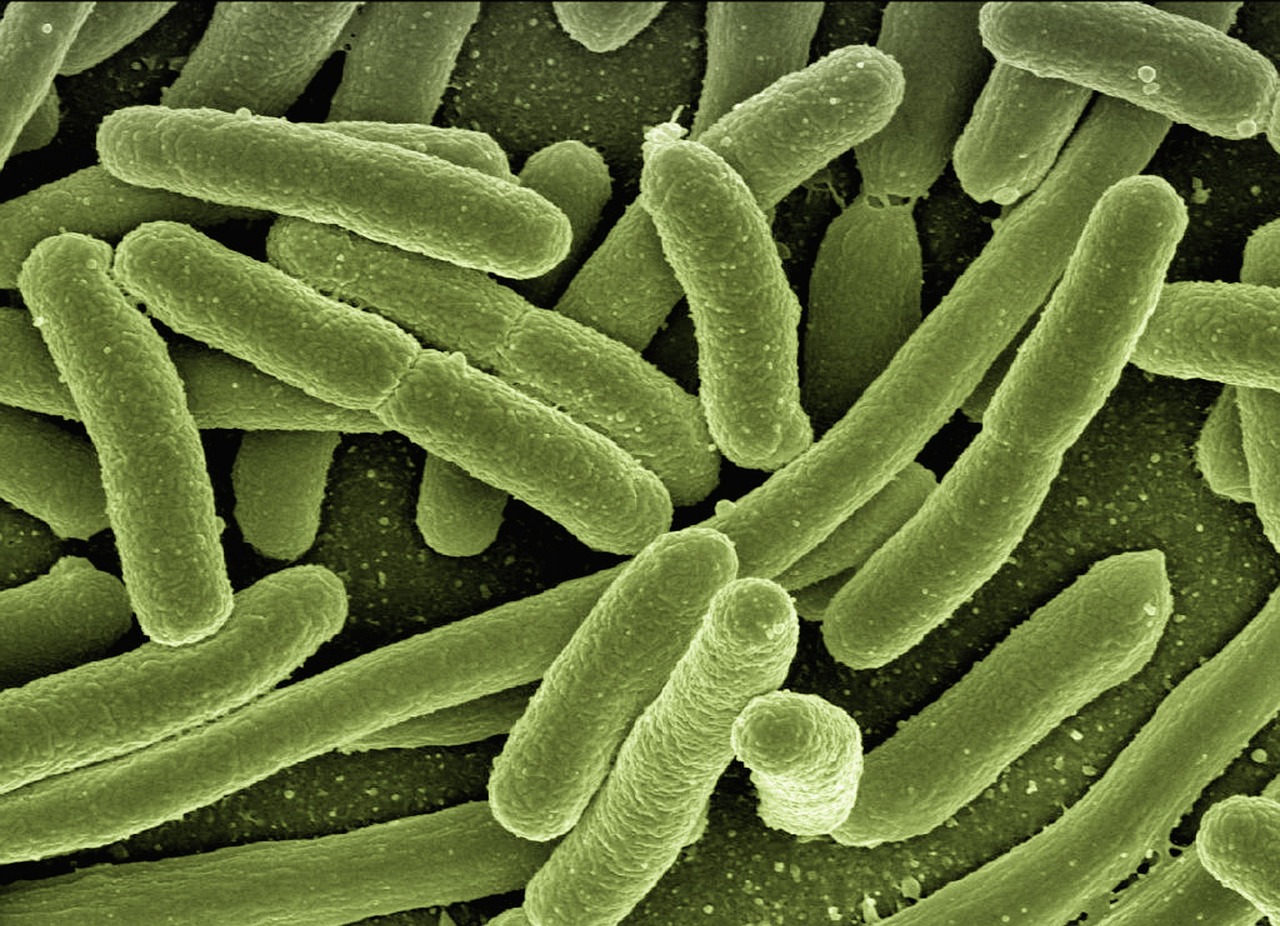
Baltimore’s water system is another victim of crumbling infrastructure and poor maintenance. In recent years, the city has faced multiple boil water advisories due to bacterial contamination. E. coli, which can cause severe illness, has been detected in several neighborhoods. The city’s old pipes and aging treatment plants struggle to keep up with demand, leading to frequent disruptions and concerns over water safety.
Adding to the problem, Baltimore’s water sometimes contains excessive levels of chlorine and other disinfectants. While necessary to kill bacteria, these chemicals can create harmful byproducts if not properly managed. Residents often report a chemical-like taste and smell in their tap water, making them hesitant to drink it. Until major upgrades are completed, Baltimore’s water problems are unlikely to go away anytime soon.
9. New Orleans, Louisiana
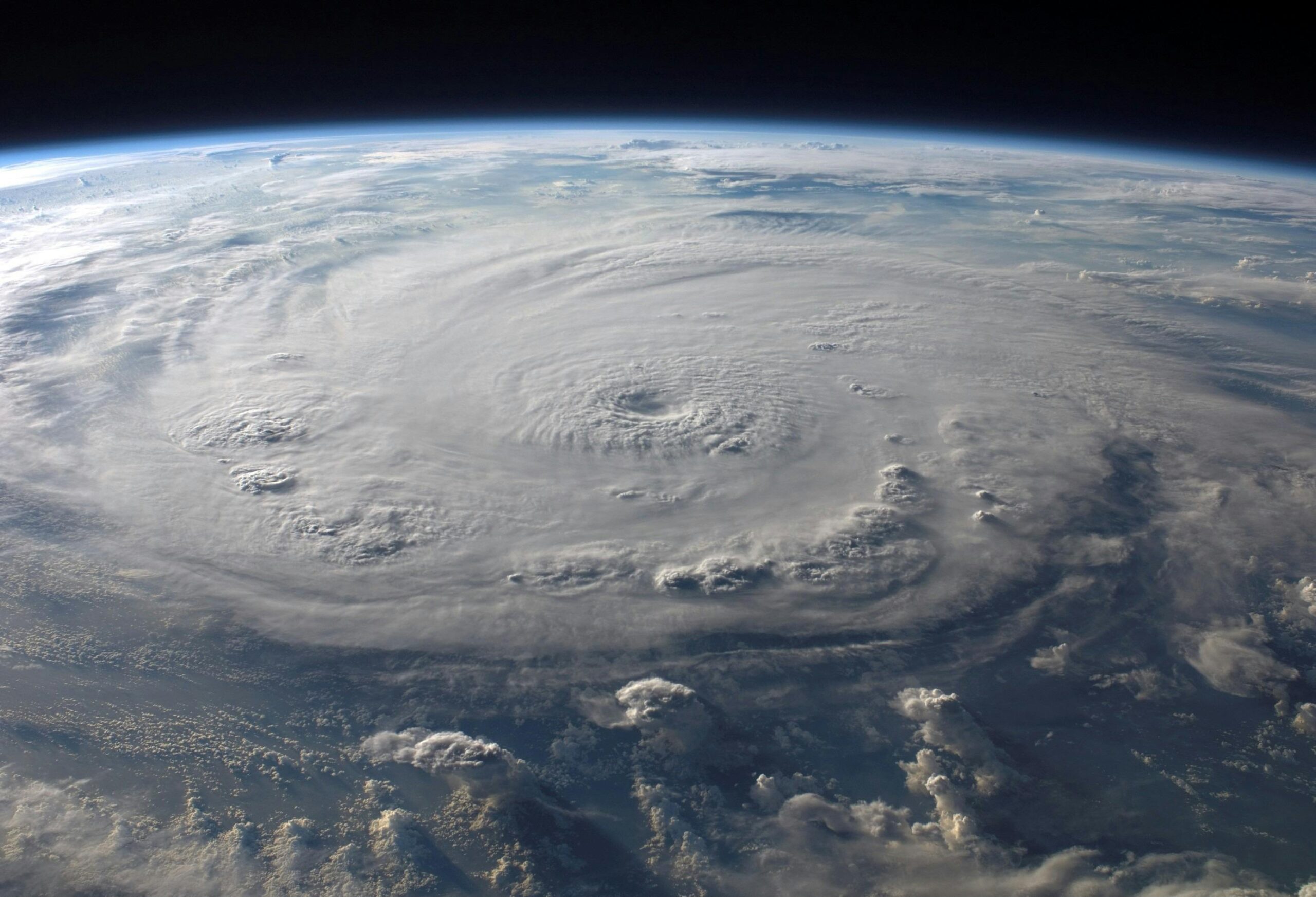
New Orleans has faced more than its fair share of disasters, and its water system has suffered as a result. Hurricanes and flooding have repeatedly damaged the city’s infrastructure, allowing bacteria and industrial pollutants to seep into the water supply. The Mississippi River, which provides most of the city’s water, is heavily polluted with agricultural runoff and chemicals.
Even when there isn’t a major storm, residents often deal with murky water and boil advisories. Lead contamination is another issue, as many of the city’s pipes date back to the early 1900s. Despite efforts to improve the system, progress has been slow. Many locals rely on bottled water, knowing that a single storm could send their already fragile water system into chaos.
10. Phoenix, Arizona
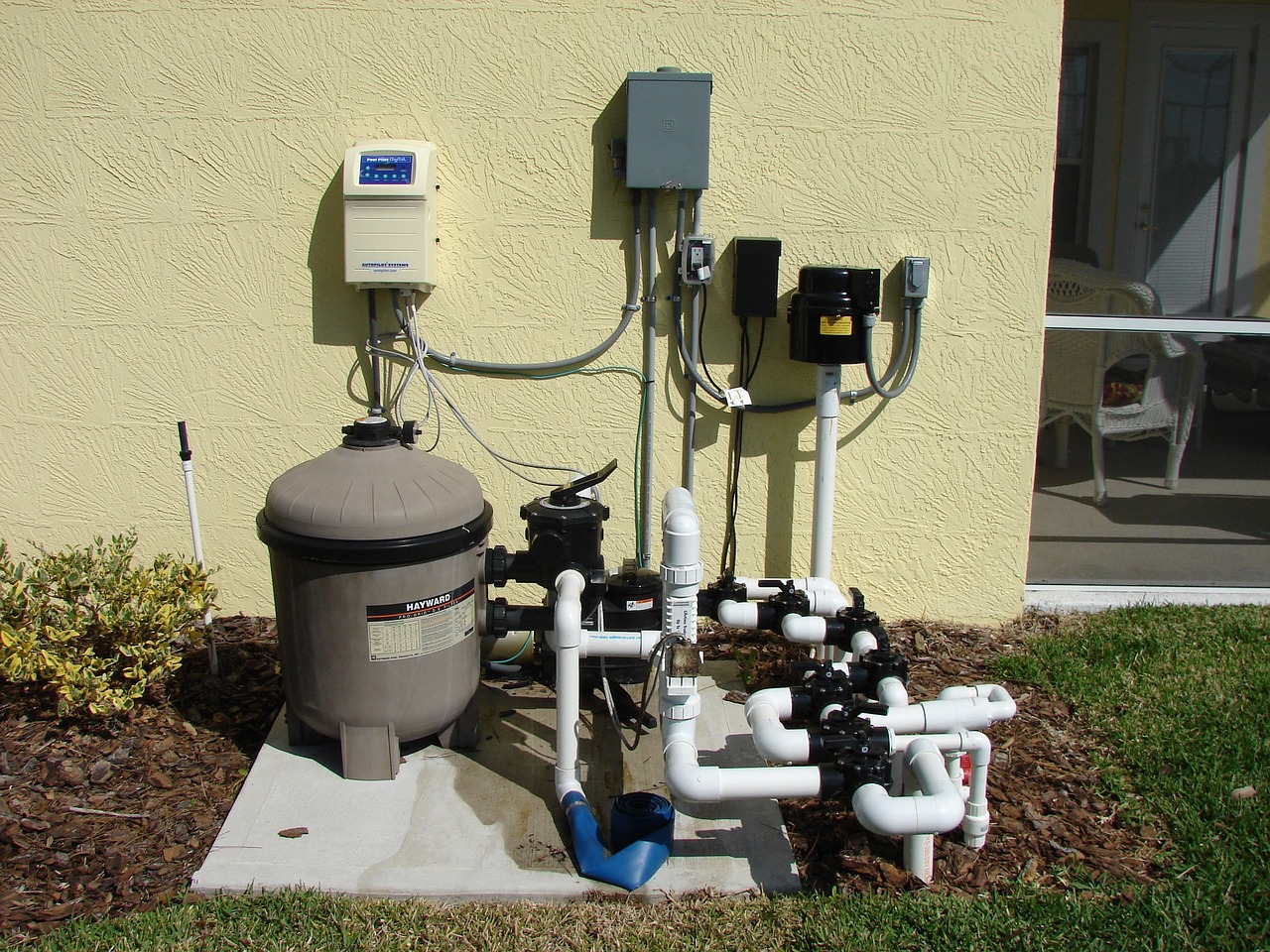
Phoenix faces a unique challenge when it comes to water—most of it comes from distant sources like the Colorado River and underground aquifers. As a result, the water is packed with minerals, making it some of the hardest in the country. While not necessarily dangerous, this hard water can damage appliances, dry out skin, and leave a noticeable taste.
More concerning are the traces of industrial chemicals and heavy metals that have been detected in Phoenix’s water. The desert climate also means that water shortages are a constant threat, putting pressure on treatment facilities. Despite efforts to improve filtration, many residents invest in home purification systems. With rising temperatures and decreasing water supply, Phoenix’s water challenges are only getting harder to solve.
The following highlights the 10 cities with the best water quality:
1. Portland, Oregon
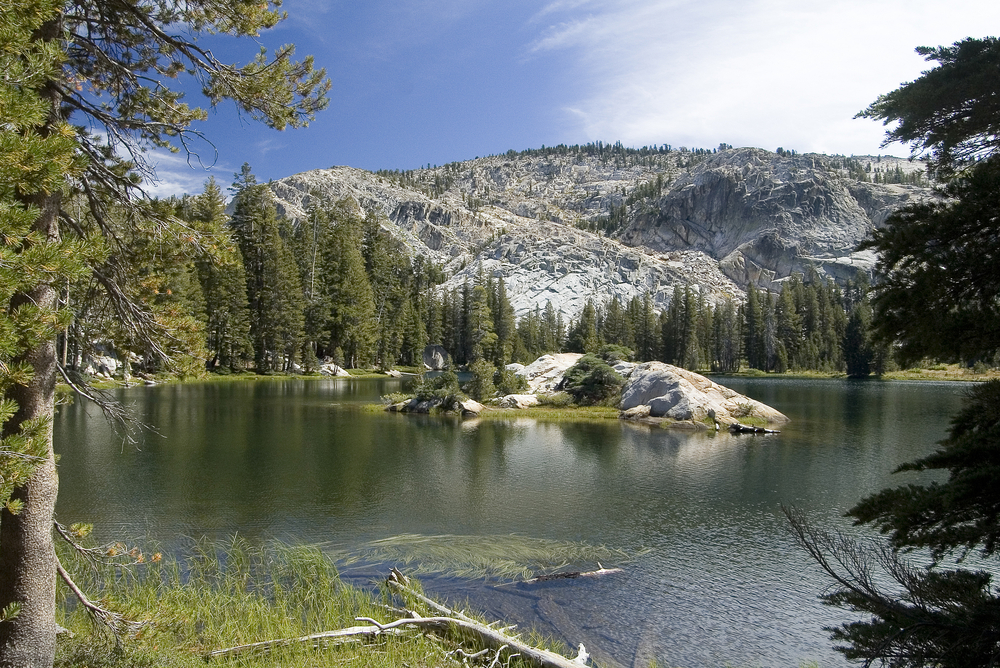
Portland is one of the few major cities in the U.S. that gets its water straight from a pristine, protected source—the Bull Run Watershed. This natural water supply is so clean that it requires minimal treatment, resulting in some of the freshest tap water in the country. Portland’s water is free from many of the contaminants found in other cities, and residents often describe it as smooth and crisp.
To keep things even purer, the city enforces strict regulations to protect the watershed. No development or industrial activity is allowed near the water source, ensuring that pollution never becomes a problem. While some residents have concerns about potential lead contamination from older pipes, overall, Portland’s water remains among the best in the nation.
2. Denver, Colorado
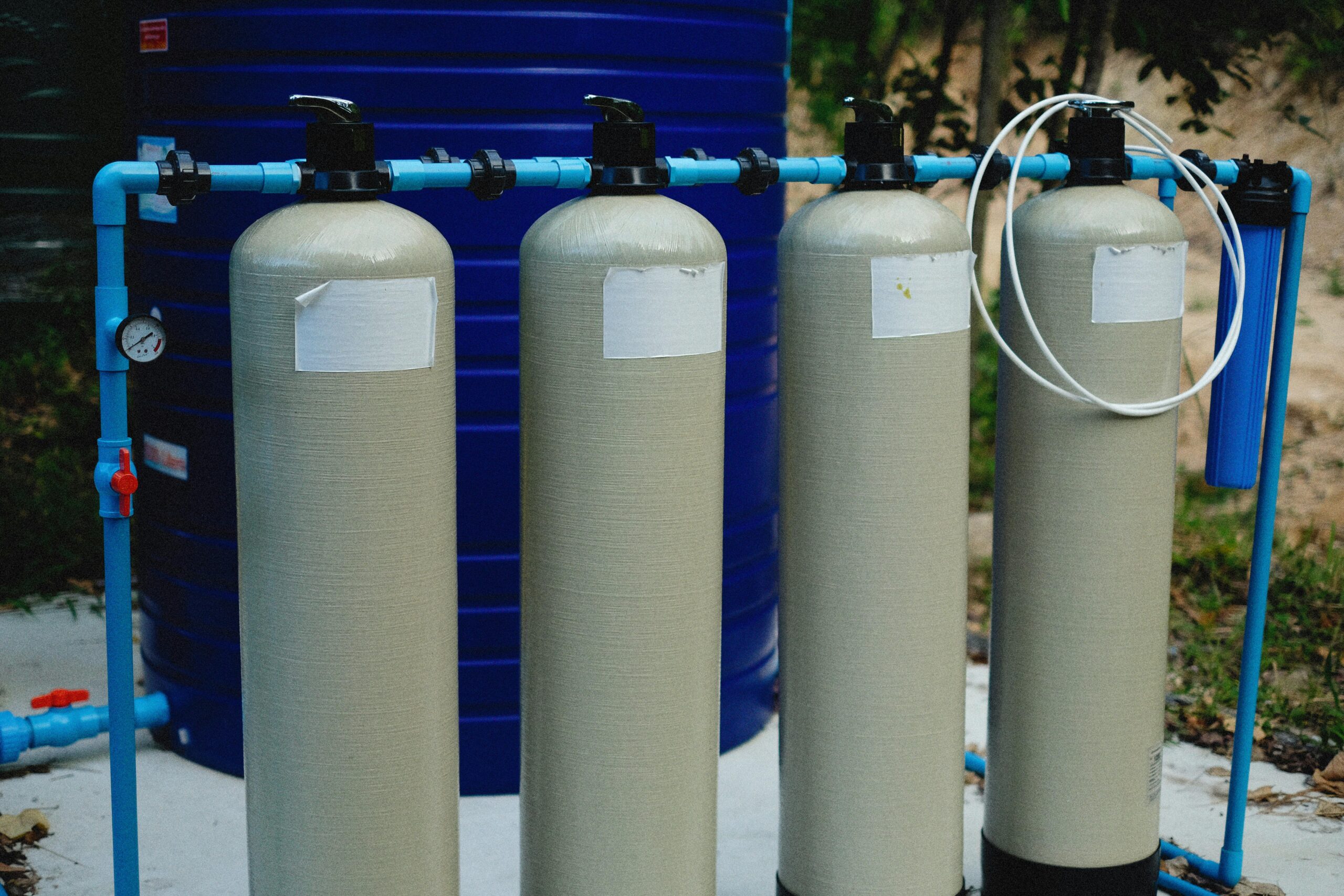
Denver’s water comes from high-altitude snowmelt in the Rocky Mountains, making it some of the cleanest in the country. The city’s treatment process is rigorous, ensuring that the water remains free from pollutants while preserving its natural taste. Unlike many other cities, Denver’s water supply isn’t heavily affected by industrial or agricultural runoff.
Residents frequently praise the water for its fresh, crisp quality. The city has also invested in modern infrastructure to prevent issues like lead contamination. Denver’s focus on sustainability means that its water supply is carefully managed, ensuring long-term quality. For anyone who values clean, refreshing tap water, Denver is a dream come true.
3. Honolulu, Hawaii
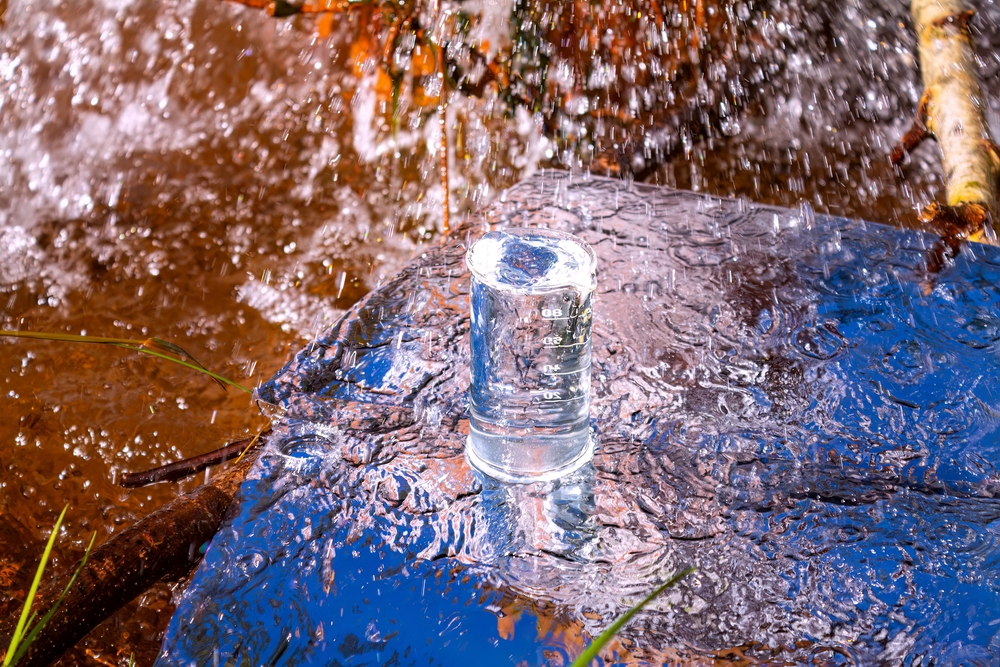
Honolulu’s water comes from underground aquifers that have been naturally filtered through volcanic rock for centuries. This process removes impurities while adding beneficial minerals, resulting in water that tastes exceptionally smooth. The city’s strict water regulations ensure that its supply remains untainted by pollution.
Because Hawaii has minimal industrial activity, the risk of contamination is low. Residents often boast about how clean and pure their tap water is compared to mainland cities. Honolulu’s unique natural filtration system makes its water some of the best in the world.
4. Minneapolis, Minnesota
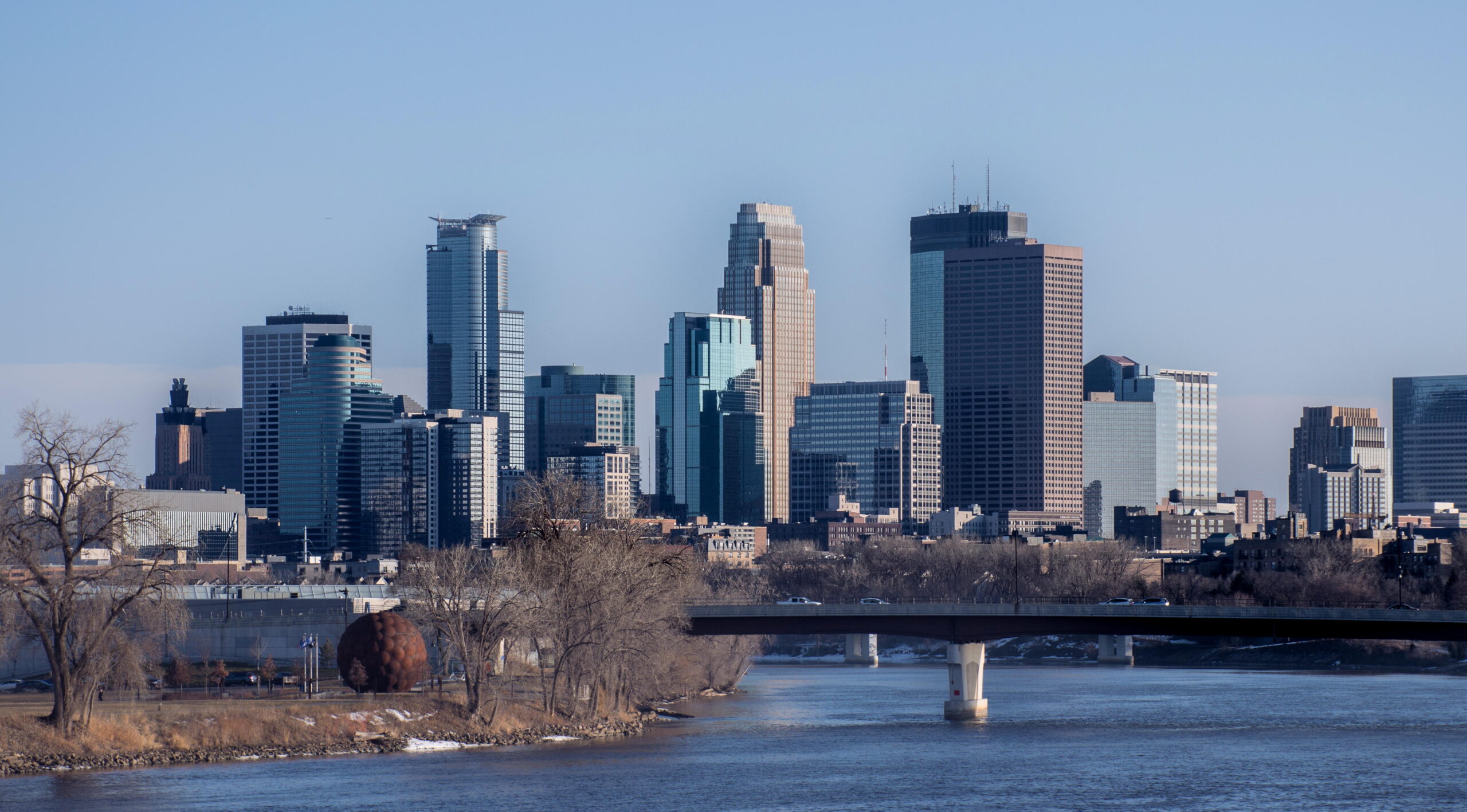
Minneapolis sources its water from the Mississippi River, but don’t let that fool you—the city has one of the best treatment processes in the country. Advanced filtration systems remove pollutants while preserving essential minerals that give the water a crisp taste. Unlike many other river-dependent cities, Minneapolis has invested heavily in keeping its water supply clean.
The city’s commitment to sustainability ensures that its water remains pure for future generations. Residents rarely experience boil advisories or contamination issues. In a world where water quality is often a gamble, Minneapolis stands out as a city that gets it right.
5. Boston, Massachusetts
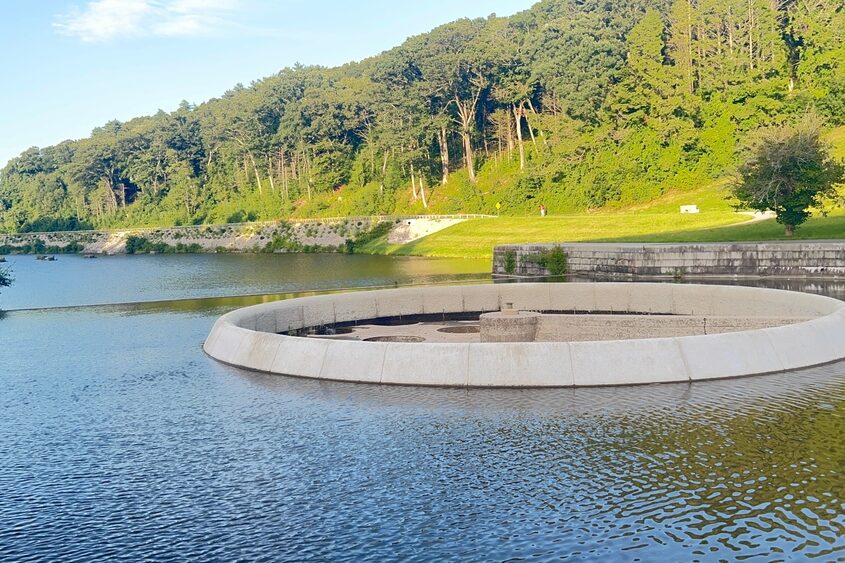
Boston may be one of the oldest cities in the U.S., but when it comes to water quality, it’s ahead of the curve. The city sources its water from the Quabbin and Wachusett Reservoirs, both of which are protected from industrial and agricultural contamination. Because the water starts out so pure, it requires minimal treatment, preserving its fresh and natural taste.
Boston has also invested heavily in maintaining its water infrastructure, reducing the risk of lead contamination from old pipes. The Massachusetts Water Resources Authority consistently ranks among the best in the country, ensuring that every drop of water that flows into homes is safe to drink. With strict testing and top-tier filtration, Boston’s water is some of the best you’ll find in any major city.
6. Seattle, Washington
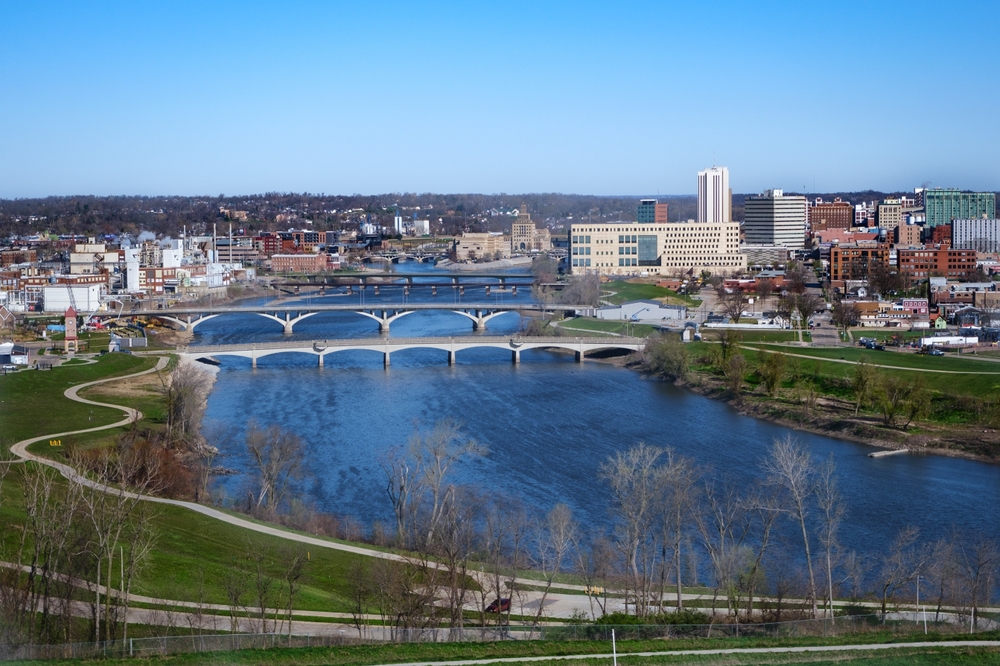
Seattle’s reputation for rain might make you think the city’s water supply is full of runoff, but the truth is, its drinking water is some of the cleanest in the U.S. The city sources its water from the Cedar and Tolt River watersheds, both located in protected forest areas. With no industrial or agricultural pollution nearby, Seattle’s water remains naturally clean.
The city also avoids using chlorine-heavy treatments that can alter the taste of the water. As a result, Seattle’s tap water is smooth, crisp, and free from unwanted chemicals. With strict environmental protections in place, Seattle is expected to keep delivering high-quality water for years to come.
7. Austin, Texas
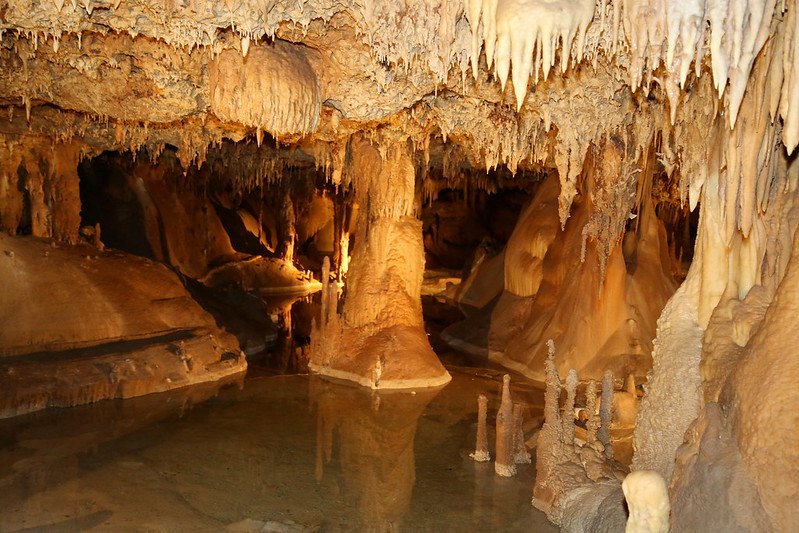
Texas isn’t often associated with clean water, but Austin breaks the mold. The city gets its water from the Highland Lakes and the Edwards Aquifer, both of which are naturally filtered and low in contaminants. Unlike many other Texas cities, Austin has strict water quality regulations, ensuring that its supply remains pristine.
Residents often comment on how smooth and refreshing the water tastes, even without filtration. The city also prioritizes sustainability, making long-term investments to keep its water clean. While other Texas cities struggle with pollution and aging pipes, Austin continues to set the standard for high-quality drinking water.
8. Tucson, Arizona

You might not expect a city in the middle of the desert to have some of the cleanest water, but Tucson delivers. The city sources its water from deep underground aquifers, which act as natural filters, removing contaminants before the water ever reaches the surface. Unlike other Arizona cities that rely on the heavily treated Colorado River, Tucson’s groundwater supply is refreshingly pure.
Tucson also has one of the best water treatment systems in the country, ensuring that any remaining impurities are removed before the water reaches residents’ taps. The result? Some of the freshest, cleanest water in the Southwest. Even in an arid climate, Tucson proves that high water quality is possible with the right infrastructure.
9. Greenville, South Carolina
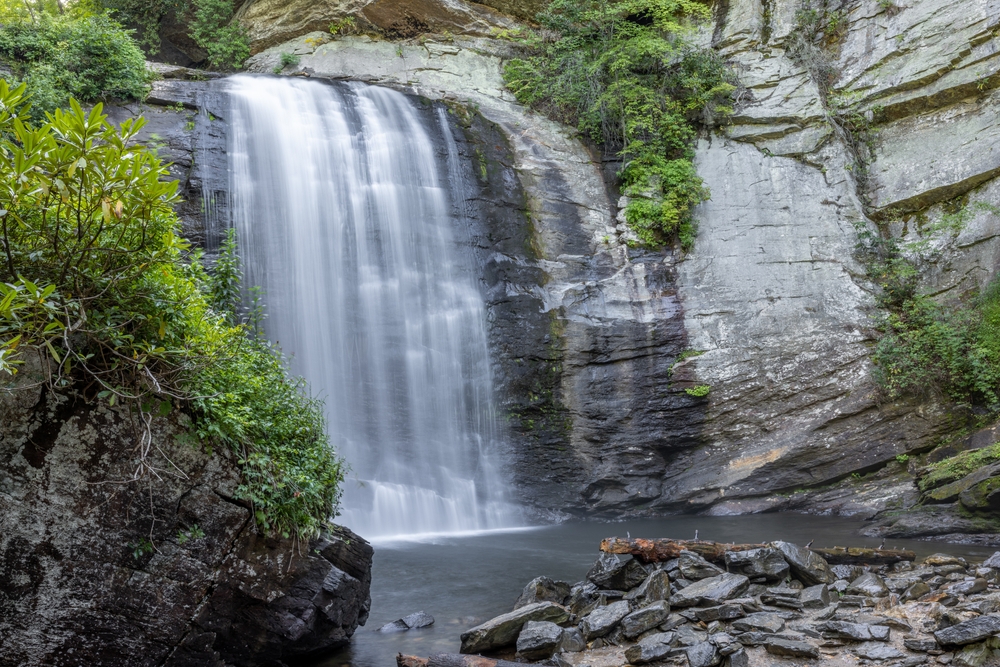
Nestled in the foothills of the Blue Ridge Mountains, Greenville benefits from a water supply that is naturally clean and abundant. The city gets its water from mountain reservoirs, where strict environmental protections ensure that industrial pollution never becomes an issue. With minimal treatment needed, Greenville’s water retains its natural crispness and smooth taste.
The Greenville Water utility is consistently recognized for its quality, winning national awards for taste and purity. Unlike many other Southern cities, Greenville doesn’t struggle with lead contamination or agricultural runoff. If you’re looking for some of the best water in the South, Greenville is the place to be.
10. Raleigh, North Carolina

Raleigh rounds out our list with one of the cleanest and best-tasting water supplies on the East Coast. The city sources its water from Falls Lake, a reservoir that is carefully managed to prevent pollution. Advanced filtration techniques ensure that the water remains pure, free from industrial contaminants and excessive treatment chemicals.
Raleigh also benefits from a well-maintained water infrastructure, meaning residents rarely have to worry about lead or outdated pipes. The city’s commitment to sustainability ensures that its water supply remains high-quality for generations to come. With a fresh and crisp taste, Raleigh’s tap water is a hidden gem in the world of clean drinking water.


